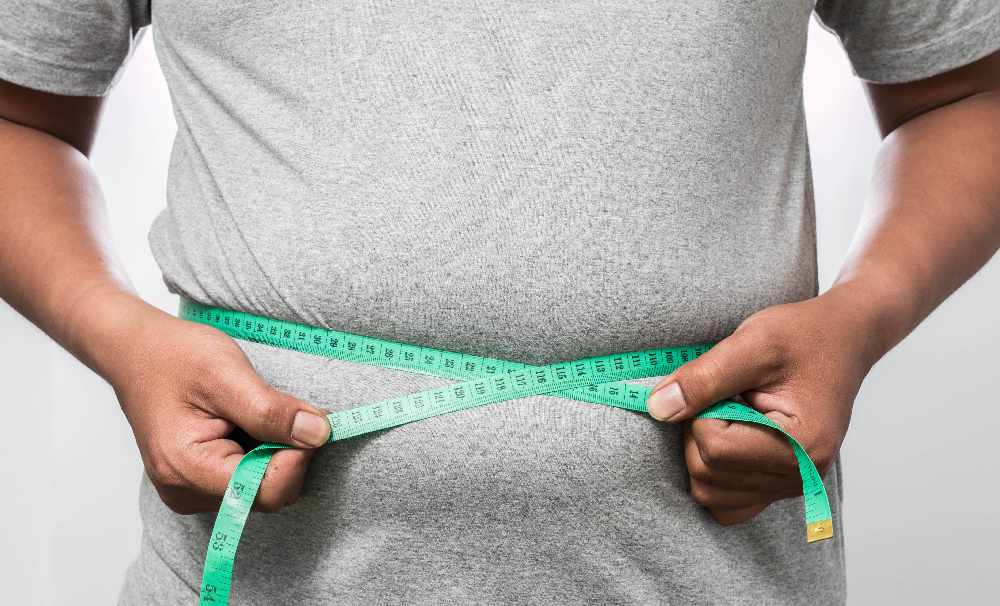
With 26,000 inactive people on the Isle of Wight, a strategy is being devised to get people up and moving.
As part of the Isle Of Wight Council’s focus on obesity this year, more is being done to reverse the impact the pandemic has had on people’s active lifestyles – ranging from the simplest, natural form of activity like a walk to school to taking part in sports clubs.
Early data from Sports England shows almost 20 per cent of people have admitted to doing ‘a lot less’ physical activity compared to an average week before the COVID restrictions.
Before the pandemic, figures were showing, 14,000 people on the Island were doing no physical activity, 10,000 doing light exercise but missing the intensity needed and 2,000 completing less than half an hour of activity a week – all deemed as physically inactive.
While the Island has a lower average of inactive people compared to Hampshire and England, concerns are still being raised about people’s health going forward from the pandemic, which may have been further hampered by already existing inequalities.
Energise Me, a charity focused on physical activity to build happier, healthier and stronger communities, has been commissioned to put together a strategy that will be adopted by the council’s health and wellbeing board, who will help roll it out across public bodies on the Island.
The Isle of Wight Council’s chief executive, John Metcalfe, said the perception of activity may need to change to get more people involved and to break barriers.
Julie Aimes, chief executive of Energise Me, said one of the changes they have tried to make is stripping back what physical activity means, losing connotations of hard and heavy exercises to just getting people moving more, making it ‘as simple as possible’ for people to become active.
Physical activity will also be built into recovery plans as part of the care pathway.
A workshop is being held to further define the strategy, with more than 200 people involved.


 Three Arrested Following Reports Of Woman In Possession Of Firearm In Ventnor
Three Arrested Following Reports Of Woman In Possession Of Firearm In Ventnor
 Isle Of Wight Donkey Sanctuary Welcomes 12 New Animals To Its Herd
Isle Of Wight Donkey Sanctuary Welcomes 12 New Animals To Its Herd
 Introduction Of Second Homes Premium – What You Need To Know
Introduction Of Second Homes Premium – What You Need To Know
 Large Villa-Style Property Could House Four New 'Starter Homes' In Totland
Large Villa-Style Property Could House Four New 'Starter Homes' In Totland
 Dutch Braai Restaurant And Weddings Venue: New Plans Revealed For Disused Barns
Dutch Braai Restaurant And Weddings Venue: New Plans Revealed For Disused Barns
 Wave Of Acts Announced For Isle Of Wight Festival 2025
Wave Of Acts Announced For Isle Of Wight Festival 2025
 Discontent With Island Health And Social Care Services On The Rise Again — Report
Discontent With Island Health And Social Care Services On The Rise Again — Report
 Investigation Underway Following Death Of 28 Year-Old Man In Ryde
Investigation Underway Following Death Of 28 Year-Old Man In Ryde
 Former Ventnor Care Home Could Be Turned Into 'High Quality Housing'
Former Ventnor Care Home Could Be Turned Into 'High Quality Housing'
 Isle Of Wight Council Fighting To Maintain Status Quo In Face Of Local Government Reorganisation Plans
Isle Of Wight Council Fighting To Maintain Status Quo In Face Of Local Government Reorganisation Plans
 Cowes Lifeboat Team Saves The Day With Rescue Of Crippled Yacht
Cowes Lifeboat Team Saves The Day With Rescue Of Crippled Yacht
 Historic Shanklin Summerhouse To Be Converted Despite Local Opposition
Historic Shanklin Summerhouse To Be Converted Despite Local Opposition
 Teenagers In Drug Arrest Following Coppins Bridge Police Pursuit
Teenagers In Drug Arrest Following Coppins Bridge Police Pursuit
 New Warehouse Could 'Support Expanding Companies' And 'Deliver Islander Employment Opportunities
New Warehouse Could 'Support Expanding Companies' And 'Deliver Islander Employment Opportunities
 Tax Breaks Could Be Set To End For Isle Of Wight Private Schools
Tax Breaks Could Be Set To End For Isle Of Wight Private Schools
 Hundreds Attend Island’s Careers, Jobs And Apprenticeships Fair
Hundreds Attend Island’s Careers, Jobs And Apprenticeships Fair
 What A Mess — Timeline Of Ventnor Road Repairs In Limbo Following Latest Collapse
What A Mess — Timeline Of Ventnor Road Repairs In Limbo Following Latest Collapse
 Police Pursuit Sees Man End Up In River Medina
Police Pursuit Sees Man End Up In River Medina
 Gurnard Primary School Shines In Latest Ofsted Inspection
Gurnard Primary School Shines In Latest Ofsted Inspection
 Education Cabinet Member Urges Deferral Of School Closures Decision
Education Cabinet Member Urges Deferral Of School Closures Decision


